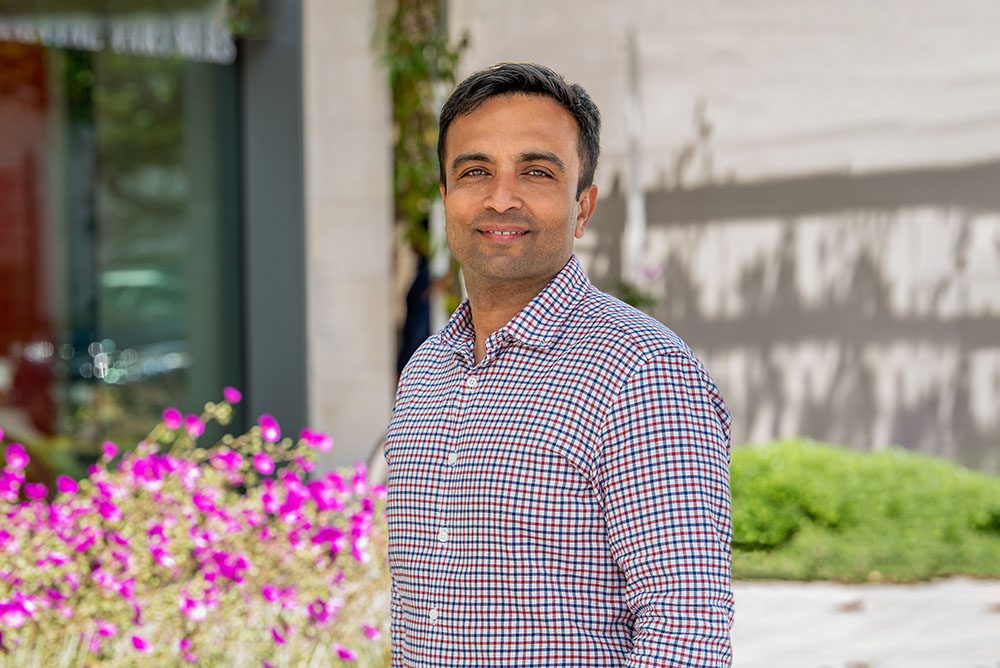
In this episode of AI Unveiled, I speak with Satej Sirur, founder and CEO of Rocketium, an AI-driven CreativeOps platform sold to enterprises such as Amazon, Home Depot, and Jumia.
We start by defining what exactly creative ops means and why Satej believes a unified solution like Rocketium can save creative teams—especially in large companies—over half their time.
Rocketium started as a gaming content startup in 2015 and pivoted multiple times before finding PMF from gaming to consumer, to Indian enterprise to a US focus. However, the common thread was content production and each subsequent pivot felt smaller and provided confidence they were on the right track. Their largest customer now has almost $500K ACV.
Most of the time is spent discussing the role of AI in the future of creative production, and the opportunities for increased automation and intelligence. Satej sees multiple opportunities from better search and organization of visual content, generating intelligent variations as well as new creatives, to analytics that inform the ROI of advertising and creative campaigns.
Finally, we talk about how the creative process is repetitive loops of AI suggestions that are verified by humans. This provides both a natural feedback mechanism and a low negative impact if the model gets something wrong. This allows them to innovate rapidly.
This was a fun episode and I especially appreciated the entertaining analogies Satej made to Twinkies, cockroaches, and the five infinity stones. I hope you enjoy this episode.
Timestamps
* 1:38 – What is CreativeOps?
* 10:59 – The cautionary tale of pivoting
* 21:54 – The infinity stones of creative AI
* 37:38 – How to build your AI pricing model
Highlighted Excerpts:
GAURAV: What was the inspiration behind starting the company in 2015? Tell us a little bit about the journey from then to today.
SATEJ: We’ve pivoted a few times and every one of those pivots has been guided by customers who have wanted not what we were doing, but what they wanted us to do. So as somebody who’s building products—what gives us joy is actually building something that people use and it solves the problem for them. For us to see that sort of 10X benefit for these customers and them valuing it that much, that told us that that was the path to go down. And even now you would think maybe last year when we shifted our focus to enterprise, you could call that a pivot because in many ways that was a pivot.
You can call our focus on the US market a pivot because that is a pivot. But the idea is that each one of these is a decision in focus. What is really working well, and where is the real opportunity? Hopefully guided by real customers and not a research report from McKinsey or Google. Real customers who have a real problem telling you “Hey, this is what we wanna solve,” and not trying to predict some situation in the future.
GAURAV: What do you think the creative production process will look like five years from now? Especially with the advent of all this technology and AI.
SATEJ: Software adoption will always be tough. People do not want to use new software. They do not want to change the way they work.
Customers will still want more relevant and visually appealing content. They will not suddenly have much more attention span. You have shorter and shorter attention spans. Brands will always care about their image: getting things right, being compliant with legal guidelines, and so on. There will always be more and more cost pressure wanting to do more with less.
Those are always going to be things. And then finally, like cockroaches and Twinkies, there will always be Excel, email, and Google Drive, those kinds of tools will always be there. So those are things that will not change. What will change is that.
Today, in the creative world, there is not a lot of focus on data. Many teams tell us that absolutely data is important. But today data is not in the DNA of some of these teams. And I’m not saying that in a judgmental kind of way. I’m just saying that because they haven’t thought of that as a decision. It feels more like aesthetically it looks pleasing, or as a brand, we’ve always done something.
So using AI is still evolving and people are thinking about what it means for them, but it’s not integral to the way they work.




